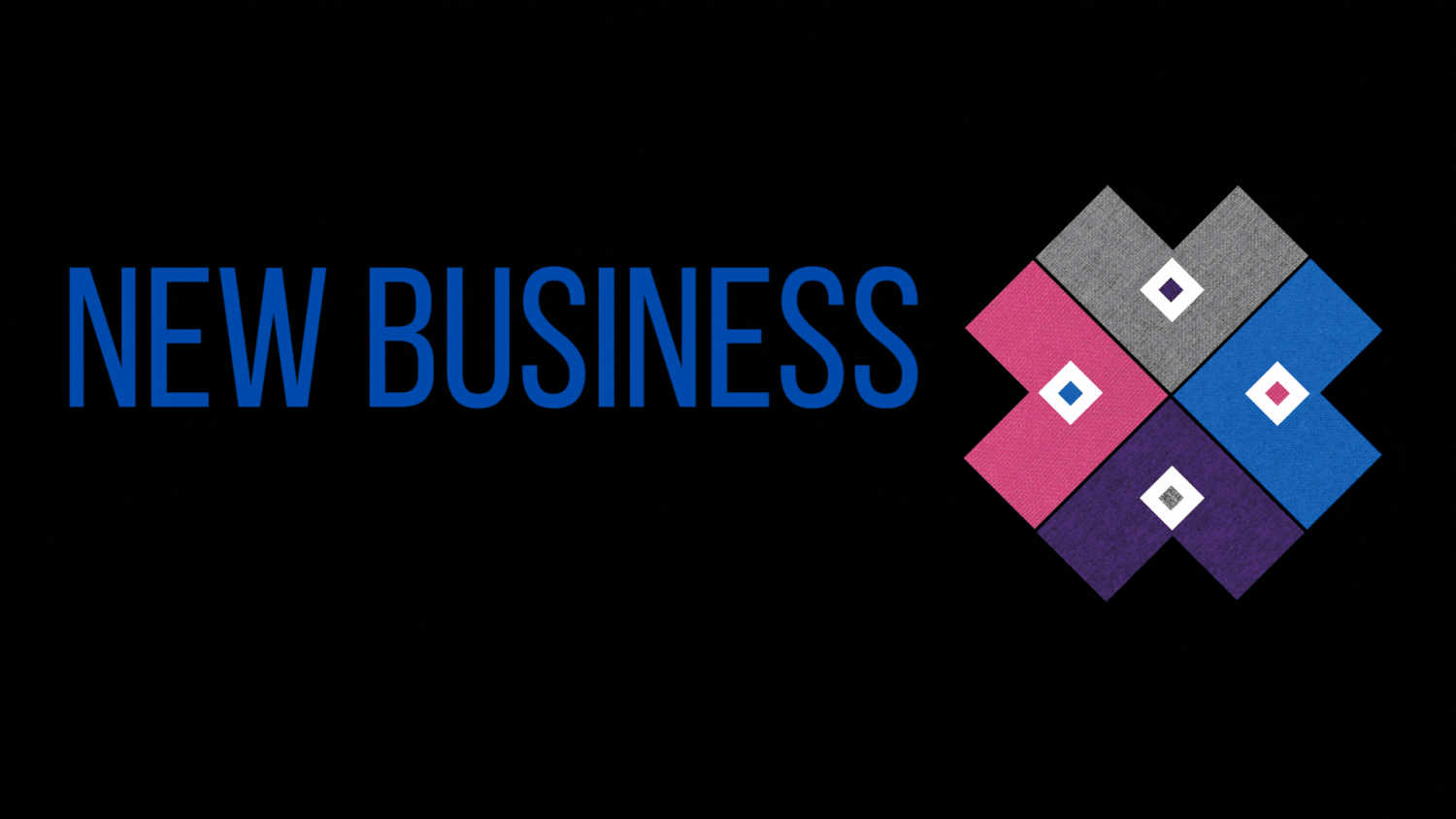Front of mind close
Also called the ‘follow up close’, ‘stay in the game close’, or the ‘keep in view close’. There’s hundreds of names for this.
Randomly call back with some additional information or have some simple reason to follow up. May not implicitly have something to do with the deal on the table, but will prompt them. You are just trying to stay relevant in the game, not forgotten.
It takes an average of eight follow ups to close a negotiation most people even veteran sales people give up after three follow ups thinking that the deal is lost. In most cases the only wrong thing is to make an assumption and stop following up. They say people only buy a ‘top five right now thing’.
Most senior decision makers and purchasers hate this with a passion. Half their day is wasted by sales reps wanting to ‘pop up and say hi’. It’s just lazy salesmanship.
Have a clear understanding of the negotiation
Have a clear knowledge of your clients purchasing process and timelines
Only do follow ups and front of minds when you are into negotiation, which means proposal sent
Before you get off the phone agree to the next time you will follow up.
Knowing personal details about your prospect pays off here as an emergency button, if you catch them on a bad day. I’ve had follow up phone calls where the prospect has clearly been busy and the after a month of not speaking, the entire conversation was:
Prospect: ‘Hi Jamie, it didn’t get raised to the board’.
Me: ‘I’ve got a new dad joke, do you want it’?
Prospect: ‘Go on..’
Me: ‘Did you hear that the Norwegian navy started putting barcodes on the sides of their ships.. so that when they sail back into port they can.. Scandinavian’.
Client; ‘Ugh, awful’ (*Laughing)
Me: ‘Talk next month’.
Be brief. Don’t be annoying. Stay in the game.

